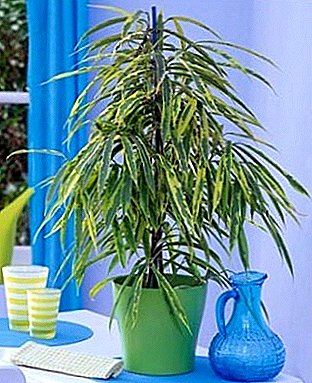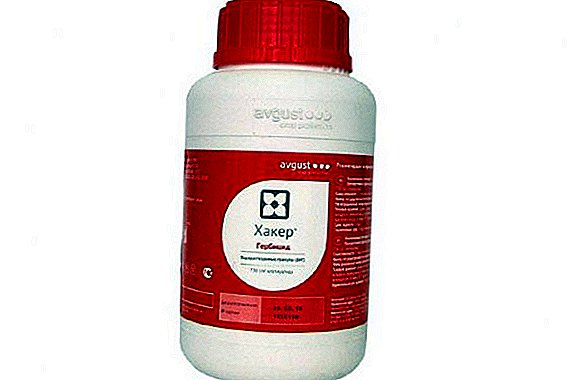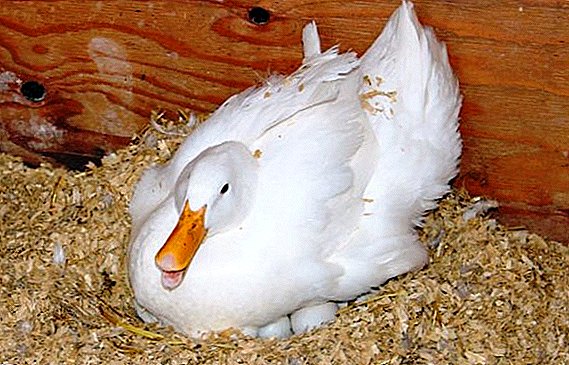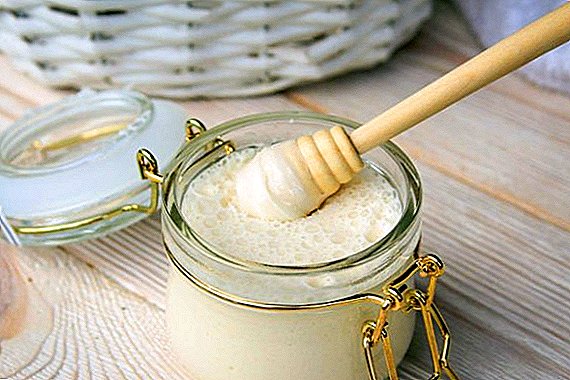
Ficus benedict - an evergreen representative of the genus of ficuses, adapted to living in homes and offices.
It looks like a small willow with an abundance of long leaves and a thick trunk.
The most popular hybrids are Ficus Ali and Queen Amstel.
Official name Ficus binnendijkii - Ficus Benedict.
Description
Ficus Benedict first found and described Simon Benedict in Southeast Asia, where he lives in tropical and subtropical regions.
Photo
In the photo ficus "Benedict":




Home care
Acquisition must be given time to acclimatize.
For this ficus put on a permanent place - well lit, but without access to the direct rays of the sun and left alone for a couple of weeks.
Only watered if necessary.
Then the tropical guest is removed from the soil, the roots are washed and examined to identify problem areas - rotten and dried roots, the presence of soil pests.
All dead and decayed parts are cut off, and healthy tissues are disinfected with crushed activated or charcoal.
After the procedure, the ficus is transplanted into a suitable pot with a complete replacement of the soil.
Temperature
Ficus Benedict is afraid of the cold and does not survive when the temperature drops below 11-13 °, but also transfers the heat badly, throwing off most of the green leaves.
The air should always be fresh, but without sudden changes in temperature, cold snaps and drafts.
The ficus is unlikely to transfer the hot jet coming out of it from a heater, fan or air conditioner.
Watering
Tropical ficus does not tolerate the complete drying of the soil in the pot as well as the stagnant water.
It is optimal to moisten the plant when the earth dries to a depth of 3-4 cm and becomes crumbly.
Attention: Be sure to pour the water collected in the pan, so as not to cause root rot!
It is necessary to spray the green mass every day to create conditions close to natural ones - as a tropic inhabitant, Benedict's Ficus requires highly humidified air.
In dry periods, near the plant, you can put an open container with water or moistened stones.
Bloom
The house practically does not bloom, only in natural conditions.
Crown formation
 Pruning needs to be done from an early age., to give some permanent form, while the ficus has flexible stems.
Pruning needs to be done from an early age., to give some permanent form, while the ficus has flexible stems.
The procedure is carried out during the active growing season, trying not to touch the tree in winter and autumn, so as not to get a one-sided plant with an ugly bias.
Best time - spring, when the rested flower has a large supply of new vitality and can grow evenly, developing many shoots at once.
In the formation of the crown take into account the physiological characteristics of the ficus Benedict.
New stems appear from the lateral and apical buds, and the latter develops much faster than the rest and severely inhibits their growth.
Cutting off the apex stimulates the awakening and subsequent activity of the lateral buds.
Krona can do almost any - standard, in the form of a bush, bonsai, arc or ball.
In addition, there is ficus weaving and the formation of sculptures. What form to give the ficus Benedict - you decide.
Trimming technology is simple. Using a sharply sharpened knife or pruner, cut off the shoot over the kidney and wipe it with a clean sponge while milky juice is secreted.
The wound is then powdered with activated or charcoal powder to protect against infection.
Such hemp likes to attack a pathogenic fungus.
Priming
The soil must be fertile and richbut at the same time loose and breathable so that the water in it does not linger.
For its preparation using turf and sheet soil, sand, humus, peat and loosening components such as perlite.
Planting and transplanting
 It is held in spring, before the start of intensive development of ficus.
It is held in spring, before the start of intensive development of ficus.
Replace each year is not necessary and even harmful - exot doesn't like change and can get stressful.
The signal to transplant is quick drying of the soil in the pot - this means that the root system has grown strongly and does not fit in the tank.
In adult specimens, you can not change the soil, it is enough to pour the right amount of earth.
This reduces the risk of developing stressful states.
Young and actively growing ficuses require fresh, non-depleted soil.
At the bottom of the new pot place a layer of drainage, consisting of any stones - broken bricks, expanded clay, river and sea pebbles.
Important: Limestone and concrete fragments should not be used to prevent the soil from being strongly alkaline.
Breeding
Ficus Benedict is easy to propagate the stem cuttings.
During spring and summer, suitable material is cut from the main plant and rooted in a container with water.
The handle is kept in a shaded warm room approximately 3-4 weeks before the roots, then put in a pot with soil.
Diseases and pests
Leaves fall
 The most common problem of all the ficuses, including Benedict.
The most common problem of all the ficuses, including Benedict.
Thus, it signals the presence of factors unfavorable to him.
If the leaves first turn black and then fall, there are sharp temperature fluctuations.
Yellow and sluggish leaves hint about excessive lighting or overmoistening of the soil in the pot.
Root rot
The ficus is dried up, it does not even finish after watering and spraying, the soil in the pot dries out for a very long time, the development stops - all these are symptoms of the development of fungal rot of the roots.
The plant is urgently freed from the old soil, washing the roots in a weak solution of potassium permanganate and transplanted into a new ground.
The treatment is carried out by fungicidal agents.
Pests
Flags, spider mites, aphids and whiteflies can attack this tidbit.
Ficus benedict - undemanding in home care and a stylish plant that can be grown in homes and offices to decorate the interior.












